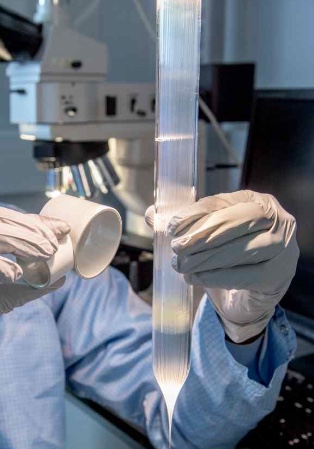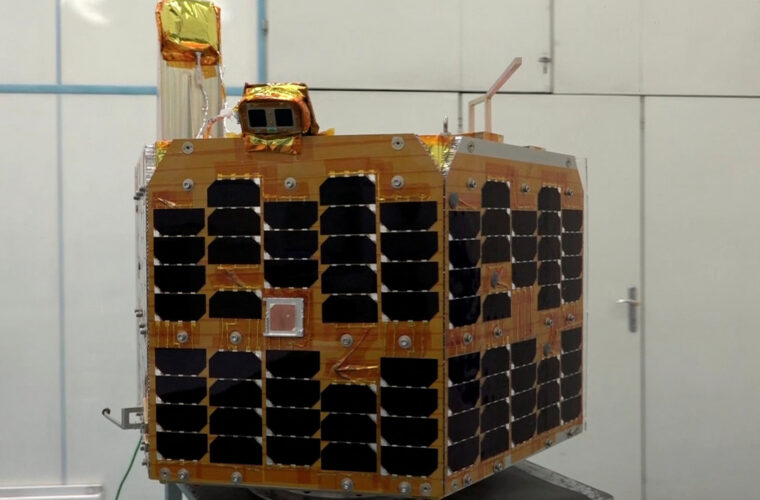No stitching but fibre optics for understanding how to recycle clothes
Clothes recycling label: Every year, the fashion world produces 92 million tonnes of textile waste, an amount equal to a truckload of clothes emptied into a landfill every second. Of this, only less than 15% is recycled correctly, sometimes because the garments are made of different types of fabric that are difficult to classify because the labels, which are supposed to provide information, are cut off soon after purchase or become illegible over time. To remedy this problem, a group of researchers has developed a system inspired by the iridescence of butterfly wings, which involves incorporating the necessary information into the fabric itself through the use of fibres that react to light and become visible only when needed without wearing out or being able to be removed before recycling. Details are published in Advanced Materials Technologies.
“It’s like having a barcode sewn directly into the fabric of the garment,” explains Mas Shtein, one of the authors. “We can customize the optical properties of the fibers to make them visible to the naked eye or only by infrared light, or any other combination.”

Understanding how to recycle
These new optical barcodes consist of dozens of alternating layers of plastic materials (acrylic and polycarbonate were used in the tests), which, when taken alone, are invisible. At the same time, in combination, they reflect light and become visible. The pre-formed plastic material is first heated and then pulled mechanically until it becomes a thin thread. The fibre takes on different optical properties by adjusting the material mix and the pull speed.
This type of optical fibre is more expensive than traditional fabrics, but since it will only make up 1% of the entire garment, the researchers estimate that it will increase the final cost by just 25 cents. In addition to facilitating the recycling of garments by indicating precisely what they are made of, these optical labels could provide consumers with useful information on how and where the garments they wear were produced and their authenticity. According to Shtein, in the future, we will be able to use our mobile phones to read these optical labels, which will be useful to both recyclers and purchasers of clothing.



